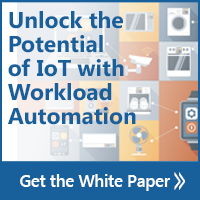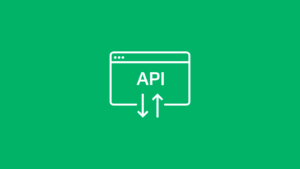Grow Your IoT Strategy: Gartner’s 5 Steps to Defining Your Approach
As IoT continues to grow at a rapid pace, Gartner has prepared 5 critical categories for CIOs to focus on as they implement their own IoT strategies.

The Internet of Things
Have you developed your IoT strategy? The IoT (Internet of Things) refers to the massive network of devices around the world, characterized by their “smart abilities.” These are devices accessorized with data-consuming and data-producing sensors that allow them to communicate with one another and with users. Perhaps the most commonly known and one of the earliest examples of an IoT connected device, is the smart phone. However, the smart phone is no longer lonely in the IoT universe, as now just about every device, from washing machines, to medical instruments, to cars, can be made “smart”. The amount of devices continues to grow, as IoT innovators are constantly creating new and exciting ways for data to be transferred. In fact, Gartner predicts that by 2020, the amount of globally connected things will reach over 20 billion. The IoT doesn’t come easy though, as many organizations are facing difficulties with their IoT implementation and management. However, with the growing popularity of the IoT, it is imperative that businesses find a way to jumpstart their IoT implementation and overcome the potential struggles that they may face along the way.
Virtually every industry is seeing some sort of IoT implementation throughout their marketplace. From healthcare, to manufacturing, to transportation, to food, and beyond, it’s becoming widely known that failure to induct some form of IoT strategy into business and IT operations can be extremely detrimental to the organization. To build a thriving IoT strategy, Gartner tells us that CIOs must define the strategy in terms of 5 major sections:
- Scope: Elect the departments within the organization that the strategy will apply to.
- Demand: Establish what the IoT strategy is required to deliver, and how success will be measured, in terms of both technology and business demands.
- Supply: Determine the tools, technologies, applications, processes, etc., the organization will need to deliver and what resources will be required to implement the strategy.
- Governance: Designate who is in charge of the strategy–who will direct it, fund it, etc., and what organizational structures will need to be implemented (an IoT team for example).
- Risk Management: Define the high-level risks and issues (ie. safety, security, etc.) that apply to the strategy.
Building and implementing a strong IoT strategy is a great place to start when instilling an IoT initiative into your organization. These 5 steps will provide a solid framework in the development of your IoT strategy, but what’s next? Once your IoT strategy is planned, organizations need to consider how they will manage the different applications and technologies they have (or are bringing into) their environments. Most IT teams are already juggling a variety of applications and technologies, so before bringing in even more tools (think, smart devices that must be connected), CIOs need to decide how their IT department will manage it all.
Enterprise IT Automation
Most organizations are turning to an Enterprise IT Automation solution to expand their capabilities when it comes to the IoT. An IT automation solution can allow for organizations to manage their disparate tools and technologies, all in one place. In addition to providing increased visibility, many organizations are finding that an IT automation solution is revolutionizing the IoT by simplifying the transfer of data between their different systems. Applications (that could never before communicate without the costly, time consuming writing of custom scripts) can now connect and communicate constantly, without writing hundreds of scripts.
One organization that realized the benefits of an IT automation solution is Sub-Zero Group, Inc.. In this Customer Success Story, their Database Administrator mentions that a major aspect they were looking for in an IT automation solution was the ability to “handle multiple environments and have that ability to create jobs that crossed different platforms.” Sub Zero Group, Inc. was able to do this, and so much more with an IT automation solution. Thriving in the IoT means that organizations need to be able to run processes across different environments, on different systems and servers, and do so quickly and efficiently. Disparate connected devices, applications, tools, and technologies need to be able to communicate and exchange data with one another in order to fully realize the benefits of the Internet of Things.
Automation can help organizations embrace the Internet of Things and maximize their business potential. You can read more about the IoT and how automation can be used to improve core business and IT processes in our free IoT White Paper:








